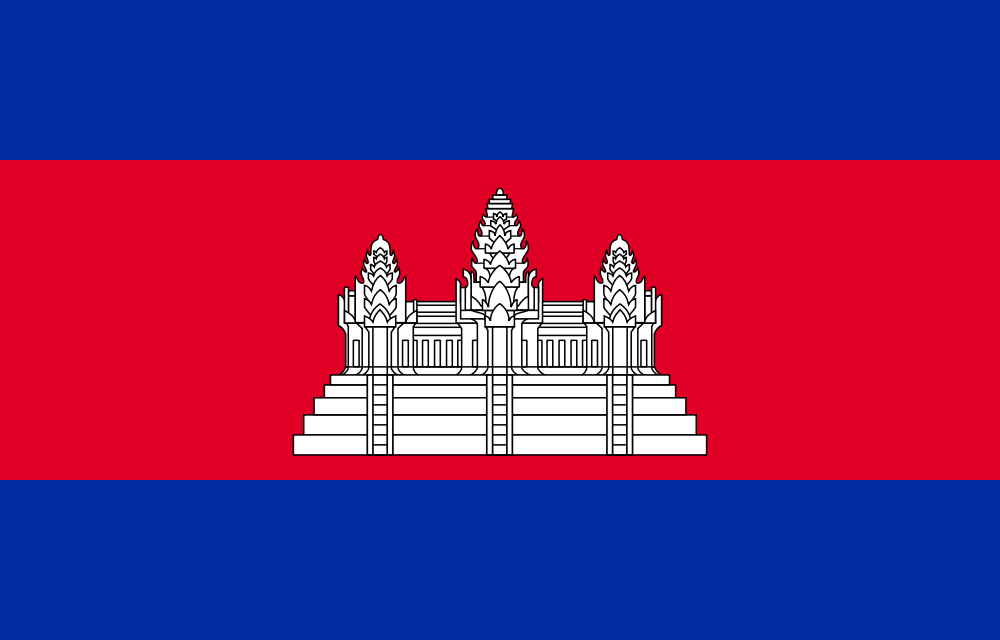A new member since 2017, Cambodia has learned a lot about the advancement of the GEO products and the experiences by its member states. Cambodia GEO has started activities by collecting data for primary and secondary data relate to Disaster, Environment and Climate change. This result will be used for government to make the policy for disaster, environment impact and climate change existing data. The main vision of Cambodia GEO is willing to develop
« Data Cube in Cambodia ». Cambodia GEO is hope that it will be improved step by step through data sharing from EO Data community.
Cambodia became the 104th member of the Group on Earth Observation (GEO) in 2017. The main vision for Cambodia GEO is to develop Data Cube in Cambodia and the future for monitoring natural resources and man-cause disasters such as flood, drought, rain storm, typhoon, thunderstorm, land slide, and deforestation as a part of SDGs implementation. To response this vision, Cambodia has been set up the project by using limited budget from the Royal Government of Cambodia. The main activities of this project are collecting data for primary data in the field and secondary data from relevant ministries and government institution involvement. The Cambodia GEO will also use the satellite data sharing from GEO member countries combine with social economic data has collected from survey and government institution involvement. Due to rapid population growth which causes the increase of urbanization, some land has transformed from rice field to settlement and other land uses giving negative impacts to environment such as water pollution and poor sanitation. The survey has shown that the infrastructure has broken by flooding and the household who living in along the river has also affected by flooding. The rise river water has decreased gradually, raining fall is irregularly and the air temperature in Cambodia during dry season is significantly high approximately 34OC to 35OC in the past few years. The survey shows that this year the temperature fluctuates very much in both dry and wet seasons which is too cold in wet season and too hot in dry season and is considered as the cause by the global warming.
Meng Kimhor, Ph.D. Deputy Director General, National Institute of Statistics, Ministry of Planning, Cambodia GEO Principal








